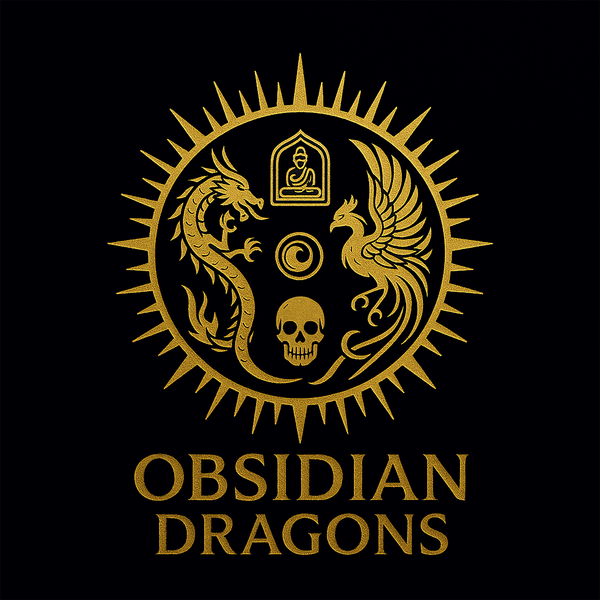AAA
Ring, Feng shui protection signet ring. Taoist exorcism. zhong kui the ghost ghost hunter. adjustable open ring. 925 silver, turquoise.
Ring, Feng shui protection signet ring. Taoist exorcism. zhong kui the ghost ghost hunter. adjustable open ring. 925 silver, turquoise.
Couldn't load pickup availability
Dimensions of the ring: 27mm high by 23mm wide Weight of 22.3 grams Consistent size.
925 silver hallmarked according to international standards
Arizona "sleeping beauty" turquoise
Agate called "nan hong" (southern red) from Yunnan province. This unusual agate gets its intense red color thanks to the natural inclusions of cinnabar.
As a gemologist graduated from the National Institute of Gemmology in Paris, all our stones are appraised and certified.
Ring open and adjustable to any size of fingers
Adorned with the ghost hunter ghost, Zhong Kui, traditionally worn to protect against evil spirits.
ZHONG-KUI
Zhong Kui (Chinese: 鍾馗; pinyin: Zhōng Kuí; Japanese: Shōki)
is a legendary exorcist from China. Deity of Chinese mythology. The Taoist god of exorcism Traditionally considered a slayer of ghosts and evil beings, and reputed to be able to command 80,000 demons, his image is often painted on household doors as a guardian spirit, as well as in places of cases where high value goods are involved.
According to tradition, Zhong Kui traveled with a friend from his hometown, Du Ping (杜平), to participate in the imperial examinations held in the capital. Despite Zhong Kui's excellent results and earning top honors in major examinations, his rightful title of "Zhuangyuan" (Top Candidate) was stripped from him by the Emperor due to his misshapen appearance.
In anger and fury, Zhong Kui committed suicide on the palace steps by throwing himself violently against the palace gates until his head was shattered. During his judgment after his death by suicide, Yama, the king of the underworld appreciated Zhong Kui's potential and his brilliant intelligence, but was condemned to hell by his suicide.
Yama gave him the title of King of Ghosts and asked him to hunt, capture, take care of and maintain the discipline and order of all ghosts. The new king of the underworld returned to the world of the living to thank his friend Du Ping and agreed to the latter's marriage to Zhong Kui's sister. Zhong Kui's popularity in Taoist symbolism can be attributed to the reign of Emperor Xuanzong of Tang (712 to 756). According to Song dynasty sources, two ghosts, taking advantage of the emperor's serious illness, took advantage of a dream to attack him, stealing an important bag with important imperial information and a flute belonging to him.
Zhong Kui captured the two thieves, tore out the eye of one of them and ate it. The emperor woke up cured of his illness. He ordered court painter Wu Daozipour to produce a portrait of Zhong Kui and showed it to court officials. This painting will sustainably inspire all subsequent performances. Zhong Kui became legendary and became a very popular subject in painting, art and folklore. Representations of the exorcist deity are often hung in homes to chase away ghosts and other poltergeists. Wearing it as a pendant also plays this protective role.
Its representation is often present during the New Year celebrations in order to guarantee an excellent year. It is often represented in Japanese art. He appears bearded, armed with a long sword and sometimes wearing a large straw hat.
This hero fights and kills oni (Japanese devils). In Taiwan and southern Fujian, at the end of certain ceremonies, a Taoist master or an actor impersonating Zhong Kui armed with a sword is sometimes asked to perform a dance that is believed to drive away evil spirits.
Traditionally, this show was considered dangerous for ordinary audiences who left before its performance. In the Chinese world, Zhong Kui sometimes appears as a protective god on doors.
The Zhong Kui myth is said to have origins older than the Tang dynasty. According to scholars Yang Shen (杨慎, 1488-1559), Gu Yanwu (顧炎武, 1613-1682), and Zhao Yi (赵翼, 1727-1814), the character's name is a graphic variant of zhong kui (终葵) , a ritual object of exorcism, whose name would be the expansion
disyllabic of zhui (椎), a stick used to chase away spirits, according to ancient books such as the Zhouli.
According to Taiwanese folklorist Hu Wanchuan (胡萬川), the character of Zhong Kui is linked to the ancient Chinese traditions of nuo exorcism, in which disguised young people expelled evil influences from the palace during the Chinese New Year period.
Share
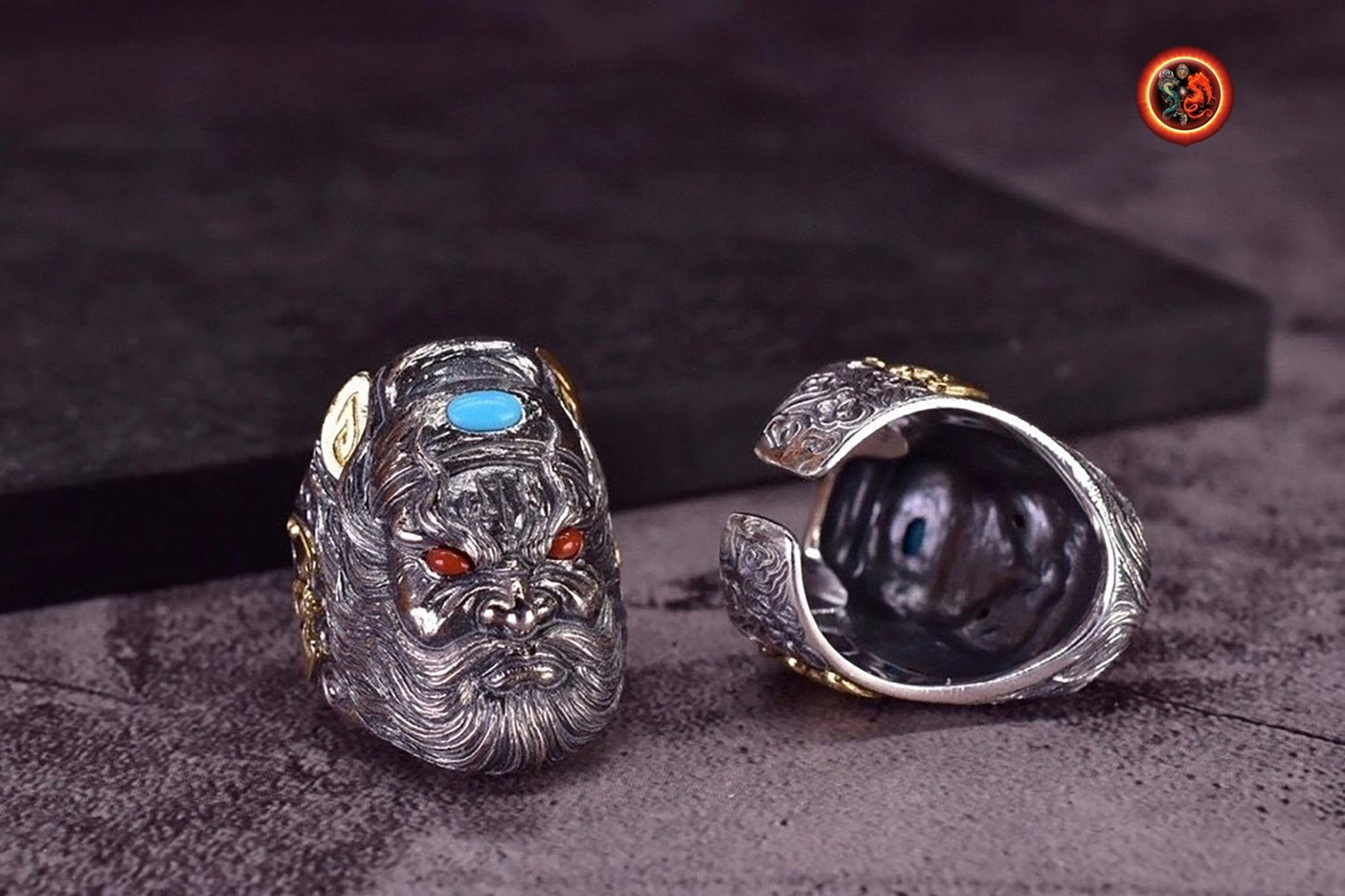
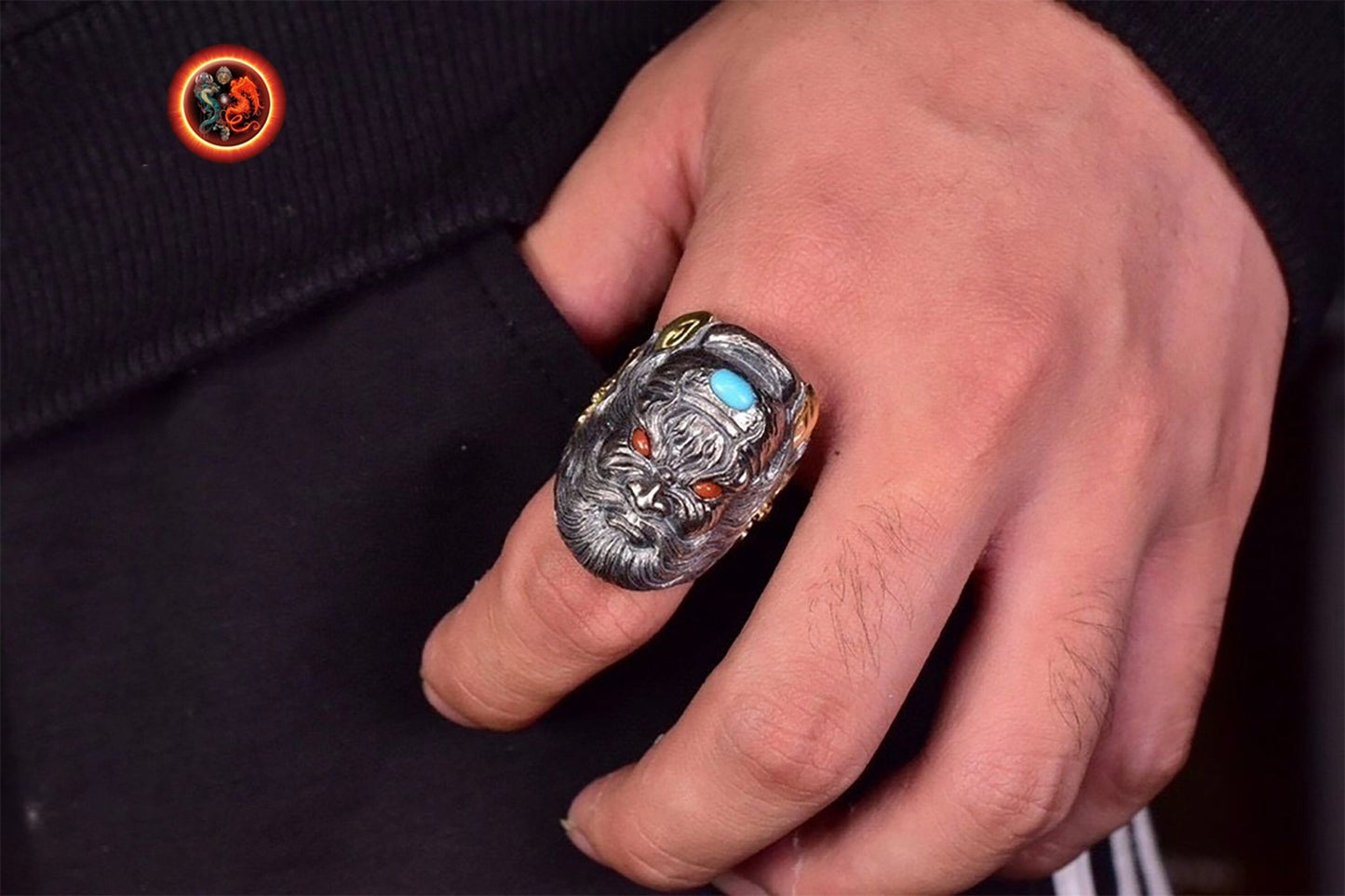
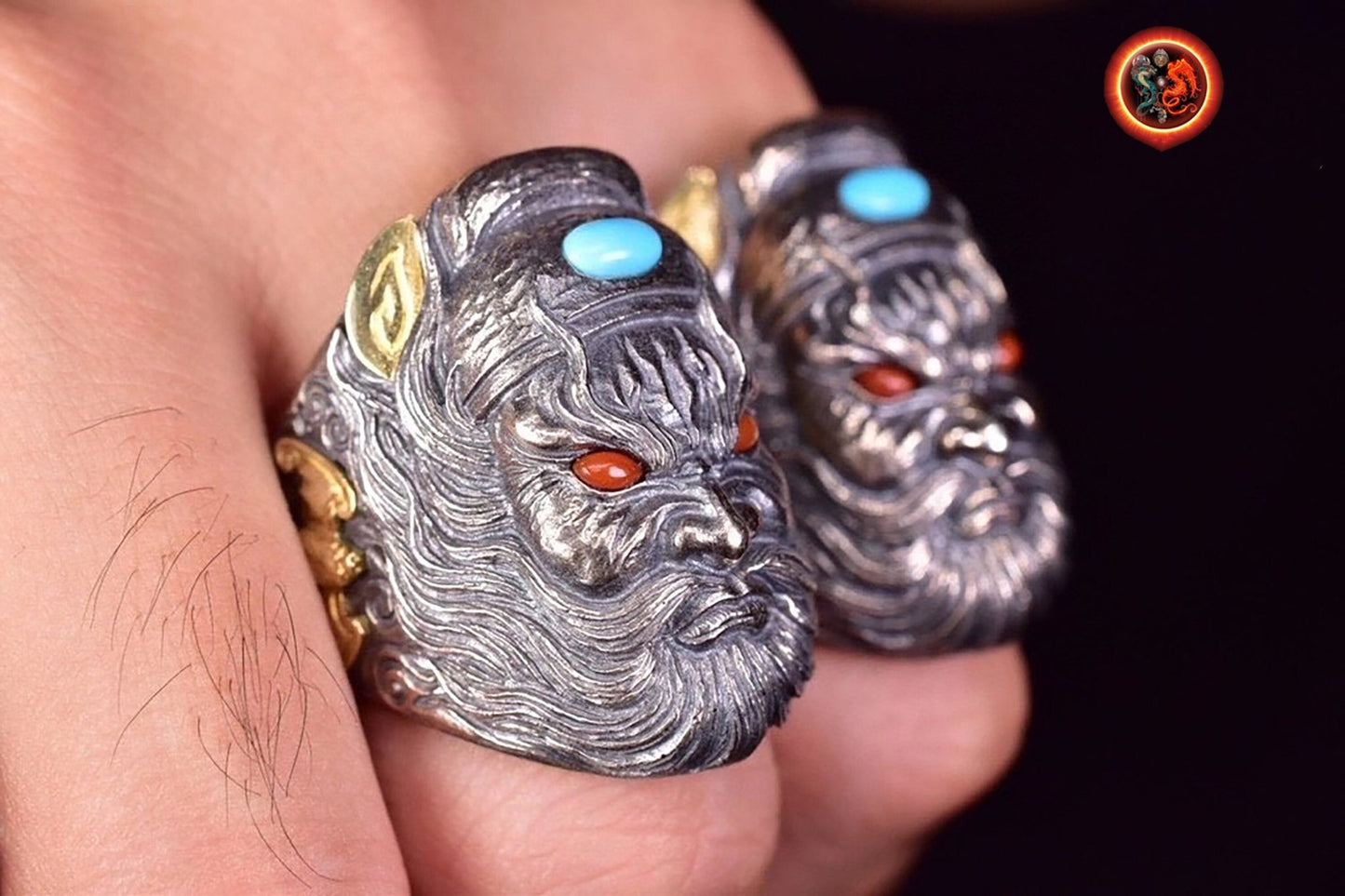
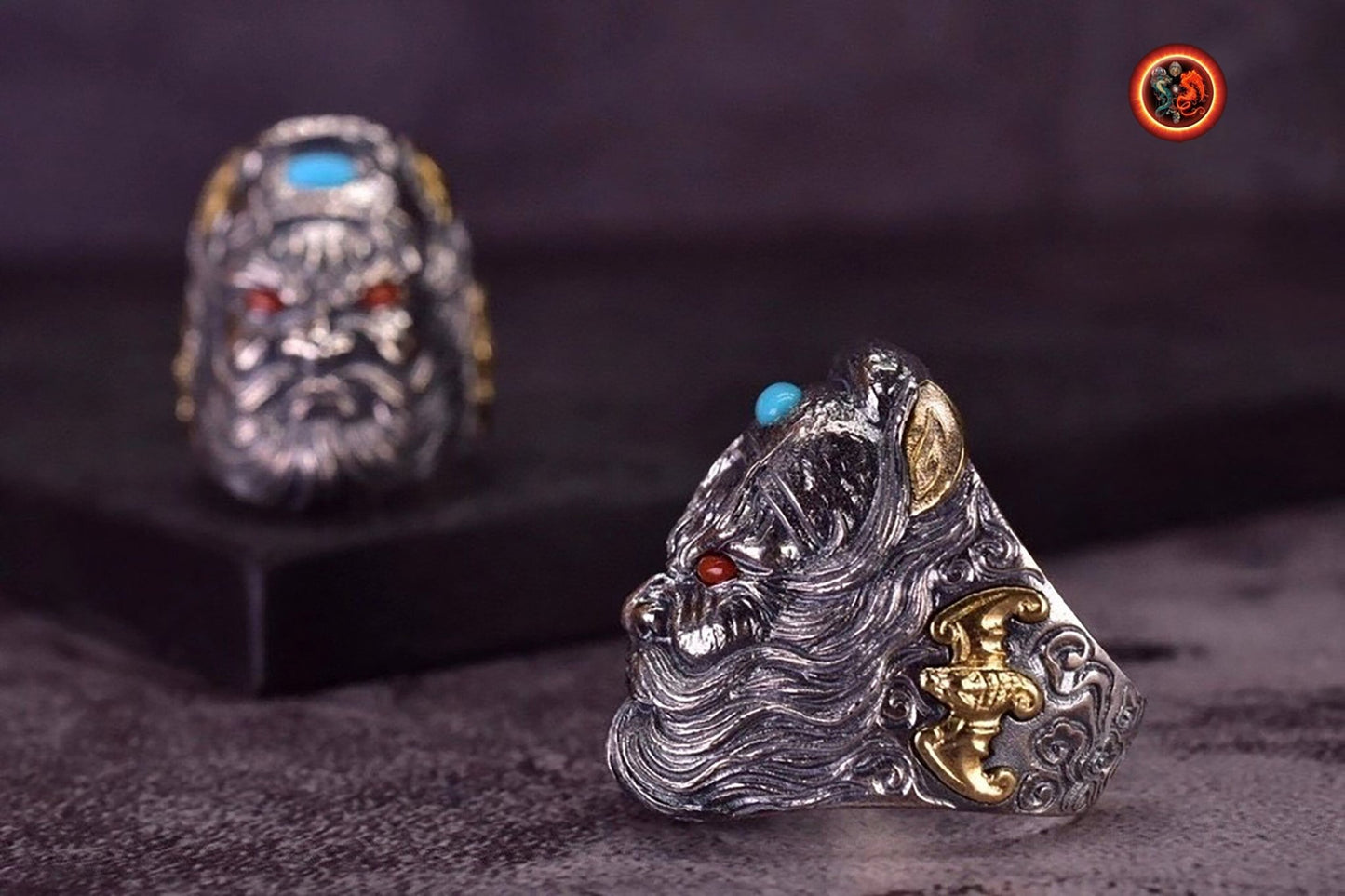
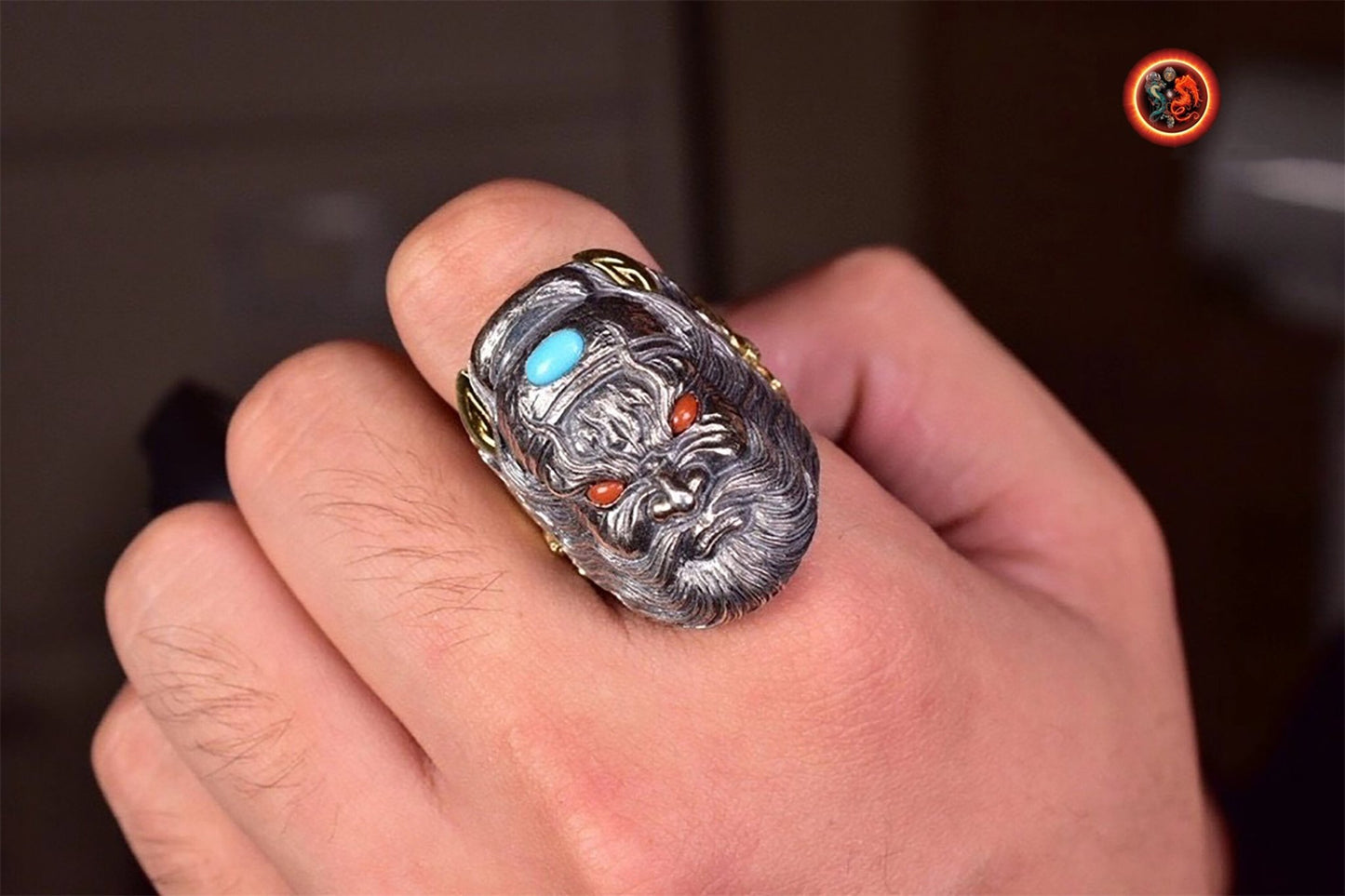
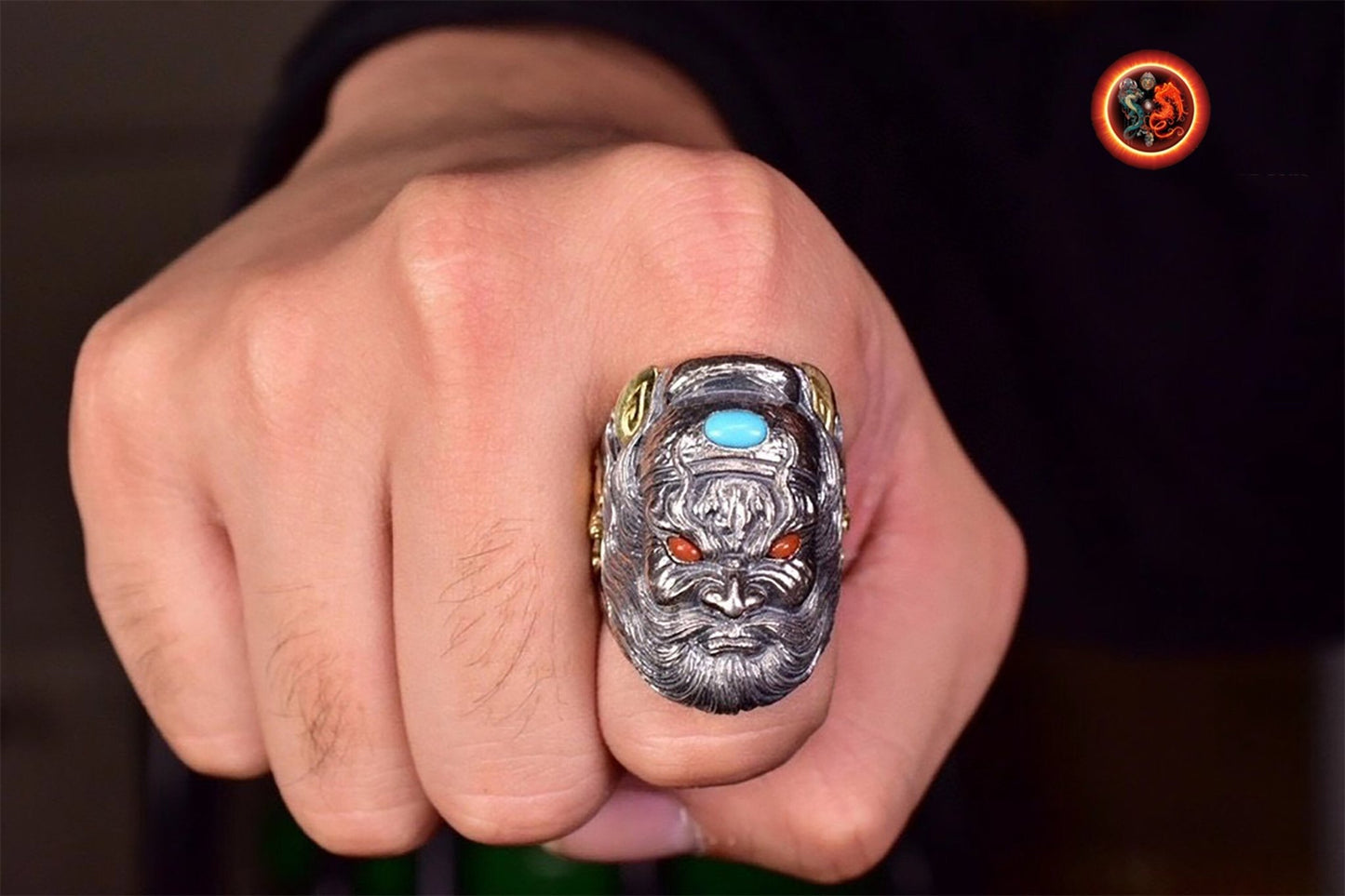
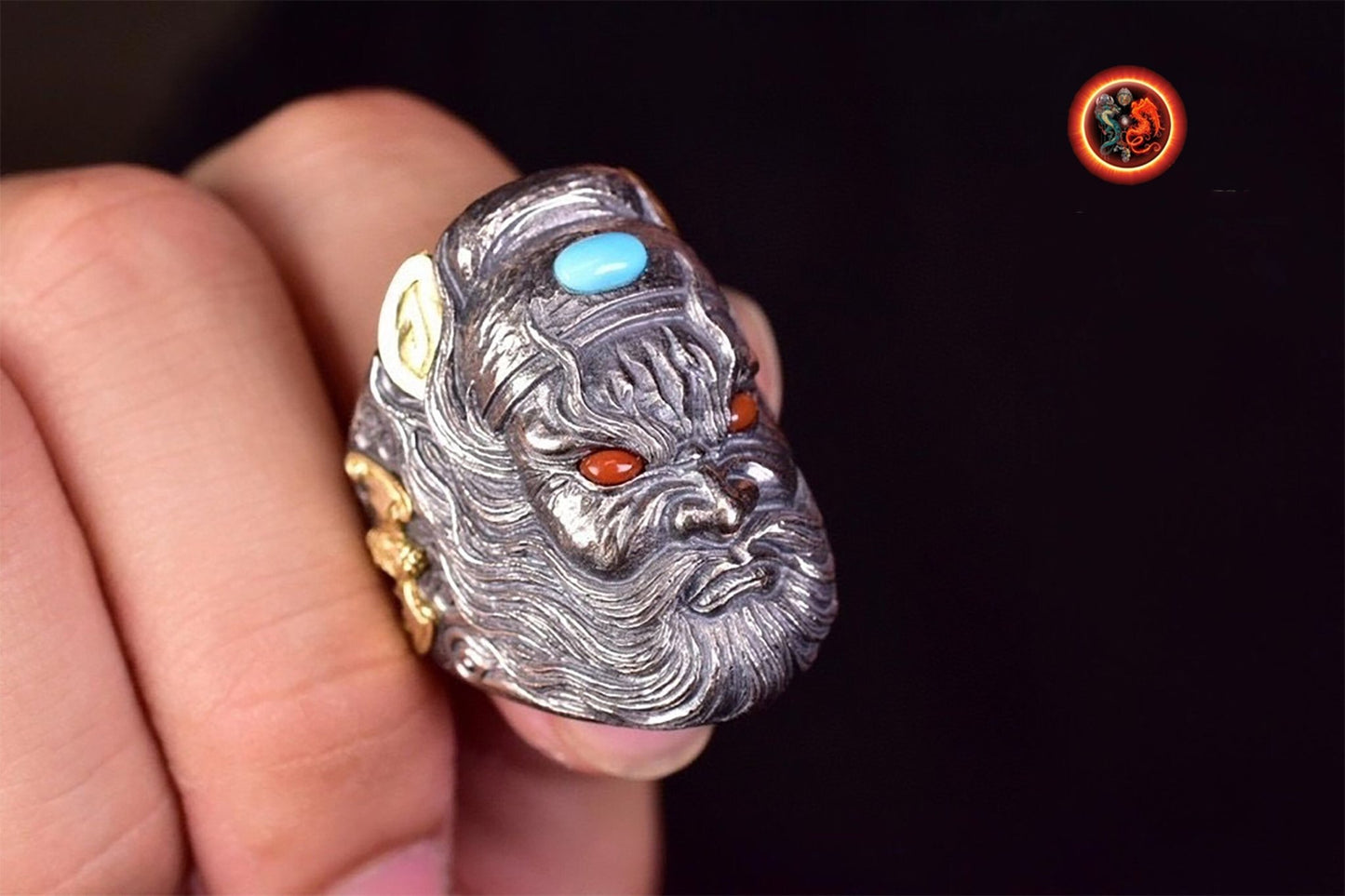
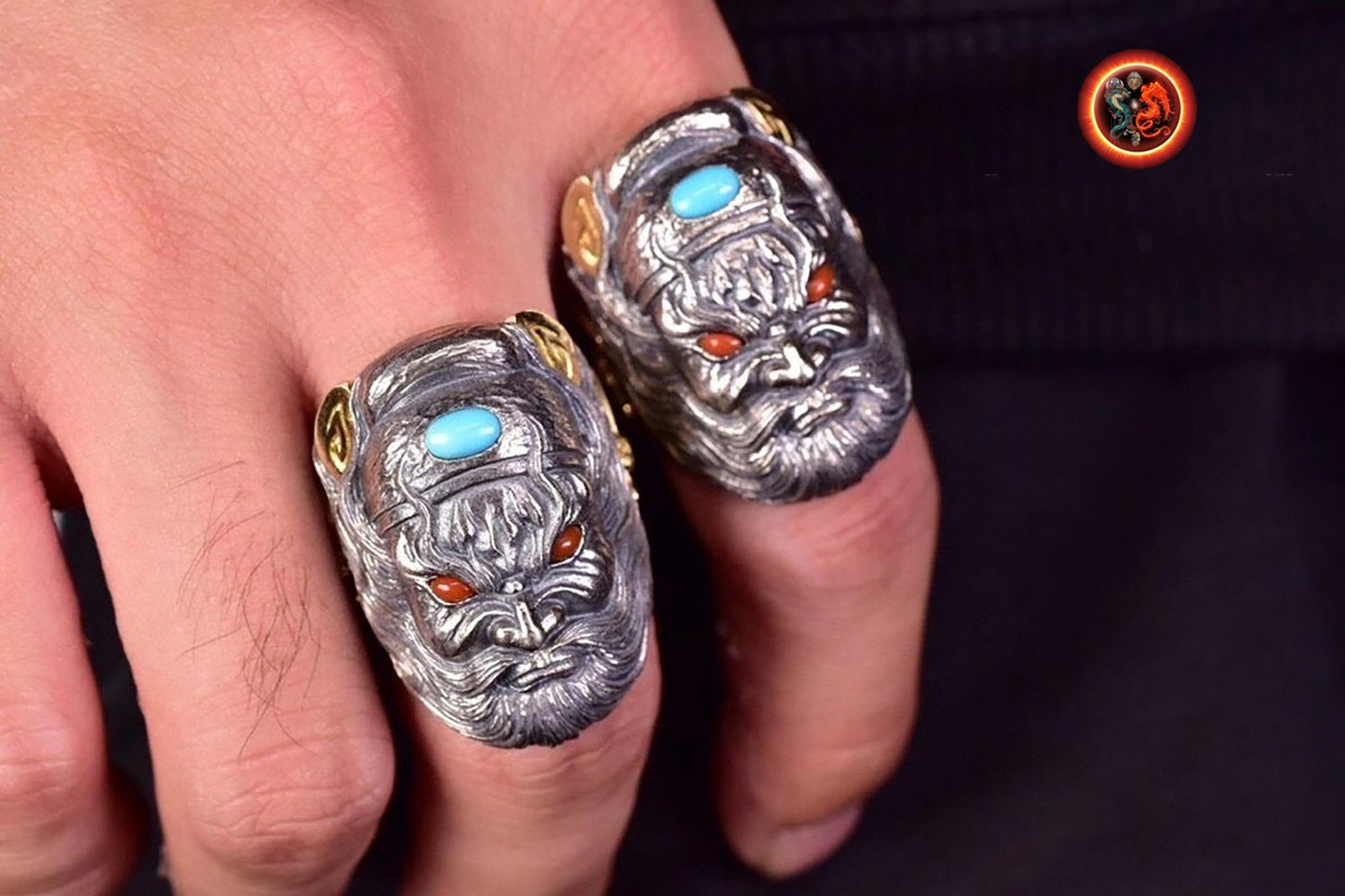
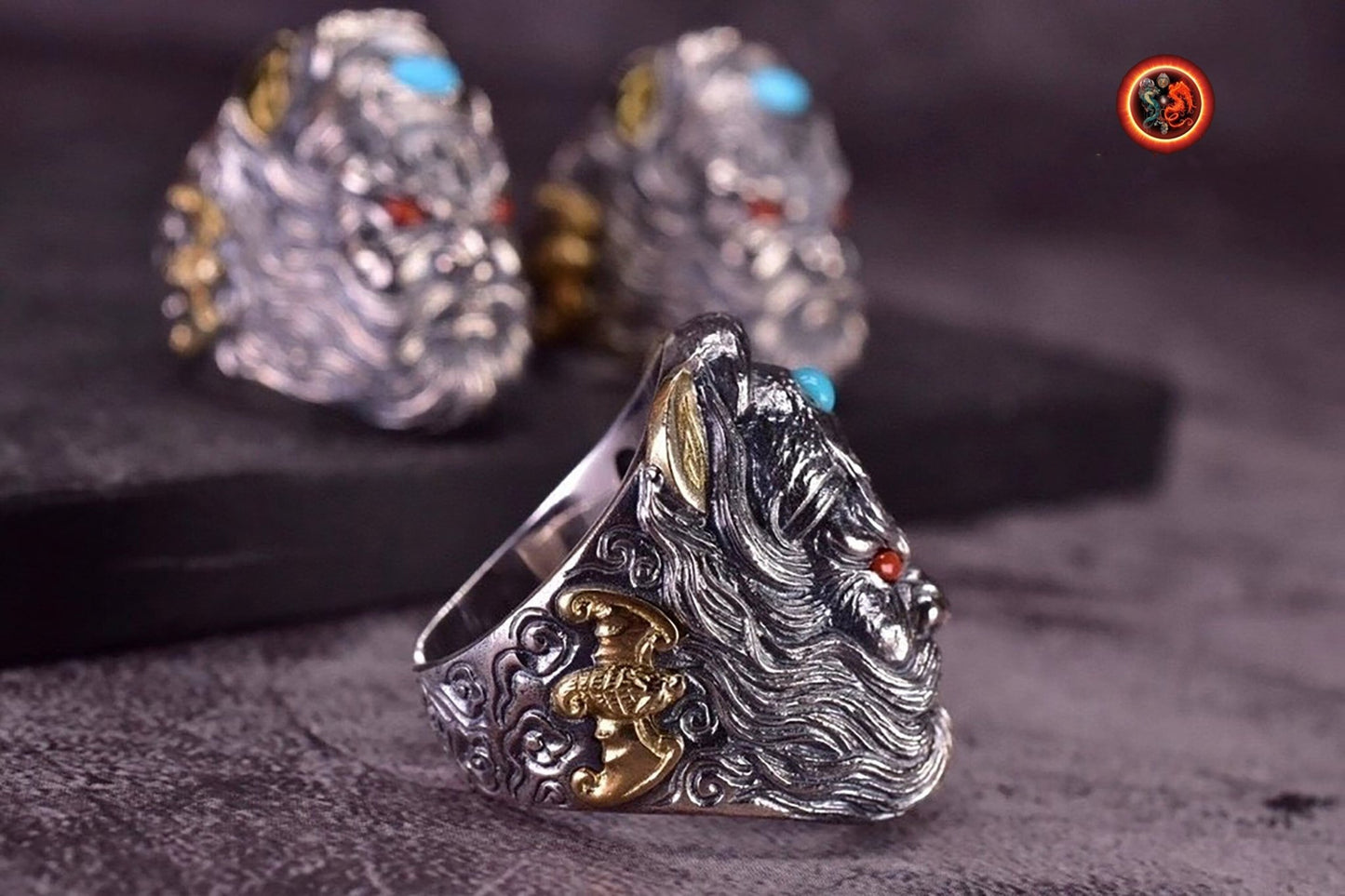
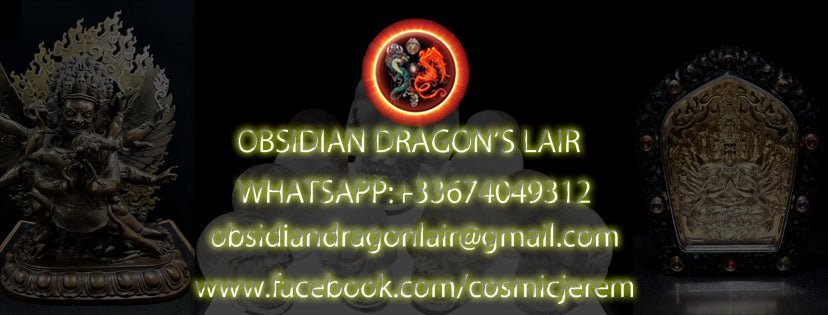

Return conditions for a Zen purchase
We offer you a money back guarantee within 14 days after delivery of your order.
If you are not completely satisfied with your purchase, please contact us to arrange a return of the product and a refund.
Except for returns, shipping is free on all orders.
Multi-column
Button text-
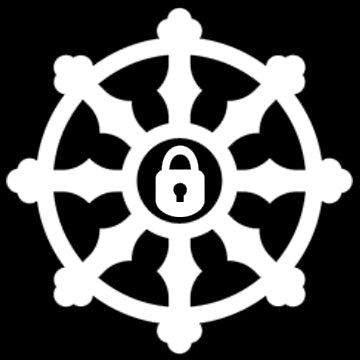
100% secure payment
3 times interest-free option with Scalapay
-

Free delivery in France and internationally
14 days money back guarantee after delivery (see our conditions of sale)
-

Column
Excellent customer service
Live chat
Whatsapp +33674049312
Let customers speak for us
from 917 reviews4eme pièce que j'achète et encore une fois, jamais déçue de l'unicité et de l'originalité. Coup de cœur pour ce bracelet en magnifiques molaires de mammouth, charge de vie et d'histoire. Attention pour un tout petit poignet de fille comme le mien cela peut être trop grand. N'hésitez pas à poser la question à Jeremy sur les tailles, il répond toujours et il est très réactif.

Déjà j’au été très impressionné par la qualité du site web pour tout chercheur de vérité mais également pour la disponibilité de Jérôme qui a su dépasser mes plus grandes attentes pour la commande sur mesure d’un mala en Obsidienne Œil Céleste – Dragon & Bagua Feng Shui. Gràce à ce puissant talisman je peux désormais continuer ma route sereinement. Un très grand merci sincèrement.

magnifique, puissant et apaisant, il m'aide à garder mon calme je le trouve absolument parfait!

J'ai eu l'occasion de rencontrer Jérémy sur Paris avant l'achat...très bon contact avec lui ..il sait de quoi il parle...je suis revenu vers lui pour l'achat de cette magnifique statue...elle a été emballee avec beaucoup de soin pour une expédition de chine... vraiment très satisfait de cet achat..merci

Pendentif dragon en obsidienne œil céleste - Symbole spirituel

Le collier est superbe, et ce pendentif magnifique, ses détails! et l'odeur du bois de santal que c'est agréable! Qualité extra! Contact excellent avec Jérémy, merci beaucoup pour votre gentillesse! Quelle qualité, vivement le mala !

L'objet est très joli et malgré que je ne sois pas un spécialiste, je trouve que le crystal est beau. Il n'est pas parfait et cela me rassure sur la qualité du produit qui est sensé être naturel donc imparfait.
Très bien emballé et en plus housse de rangement offerte.
MERCI

J’ai commandé un crâne de dragon, il est super beau et très puissant. Je l’adore 😍 Et l’envoi a été très rapide 🤗 merci 🙏🏻

bracelet puissant, je suis content de mon achat

Cet artisan est gémologue, il travaille avec des artisans qui sont des vrais artistes, je suis bluffé par la qualité des ouvrages sur l’argent et sa qualité. Quand à la qualité des pierres pas besoin d’être gémologue pour voir la qualité exceptionnelle des pierres, encore une fois le travail de sculpture est exceptionnel.
Mon mala traditionnel est une pure merveille dans la tradition originelle. Le ghau est une merveille qui me comble.
Bref que dire de plus :). Allez sur son site.
PS : vendeur qui connait son métier et les traditions bouddhistes ce qui est un plus en plus :)

Ce crâne est un Etre de Lumière. Attirant , inspirant , "parlant".
Il est un Ami qui tire mes pensées vers le Haut.
Ses énergies vibrent à des fréquences élevées. Il est puissant dans la douceur.
Un crâne de Dragon m'assite également. Merveilleux !

Très beaux bracelet et très puissants

Magnifique crâne givré de l'Himalaya.

cette chevalière est tres bien réalisé, avec beaucoup de détails, je suis heureux de l'avoir

